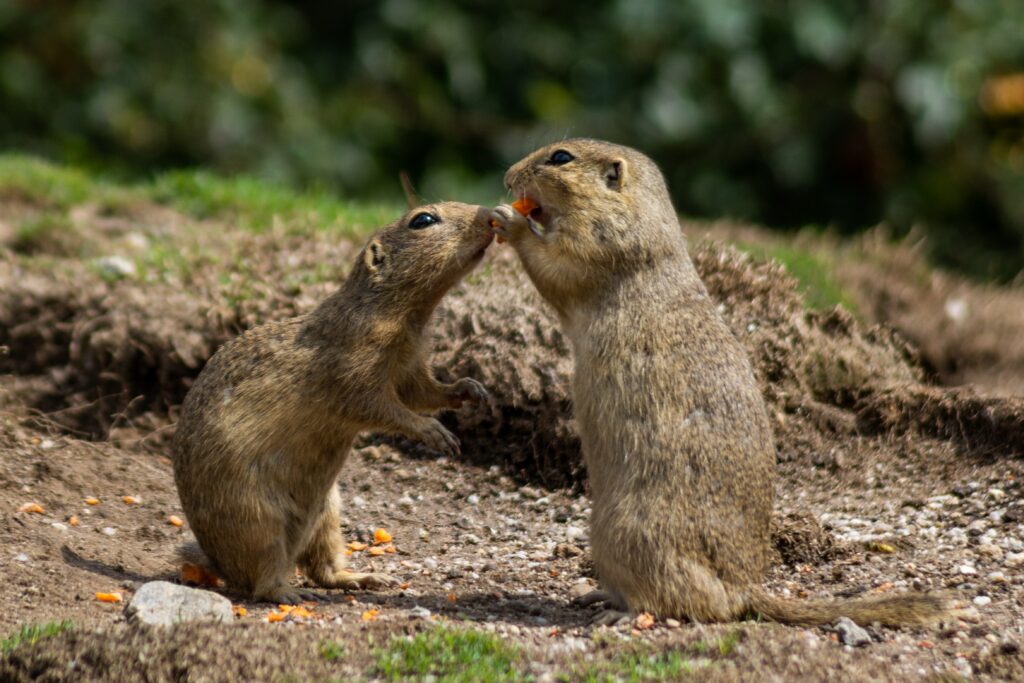
Great news! Yesterday the Nature Restoration Law has been adopted by the European Parliament.
More than 80% of habitats in the EU are in poor status. The aim of this new law is to have a recovery plan for all affected nature by 2030. There is still a lot of uncertainty on how things will be done exactly, and how strict countries will be held accountable. But the targets are at least hopeful.
The objectives are related to:
Restoring natural reserves and areas
Improving and re-establishing biodiverse habitats on a large scale and bringing back species populations by improving and enlarging their habitats. This must be done, among other things, by improving air, soil and water quality.
Greener cities
Green cities help to increase biodiversity and provide shade. The cooling effect of trees makes cities more resilient to a warmer climate. Cities will not be allowed to make any trees disappear. This means that if a tree is cut down, a new one must be planted elsewhere.
Protecting pollinating insects
The pollinator population has experienced massive population declines in recent decades. They contribute both to the maintenance of biodiversity in nature reserves and to the pollination of agricultural crops. The EU states that €5 billion of annual agricultural production is directly attributable to these flying helping hands.
Biodiversity increases in agriculture
Due to monoculture and the use of pesticides, agricultural areas have become poor in animal and insect species. To make the agricultural sector more resilient to climate change and thus ensure food security, increasing biodiversity is crucial. Increasing insects, farmland birds and restoring original landscape elements will contribute to this.
River connectivity
Identifying and removing barriers that prevent the connectivity of surface waters, so that at least 25 000 km of rivers are restored to a free-flowing state by 2030. The uninterrupted flow of rivers creates more underwater biodiversity, while the periodic flooding of areas of land next to rivers creates a rich and varied landscape on the banks.

Recent Comments